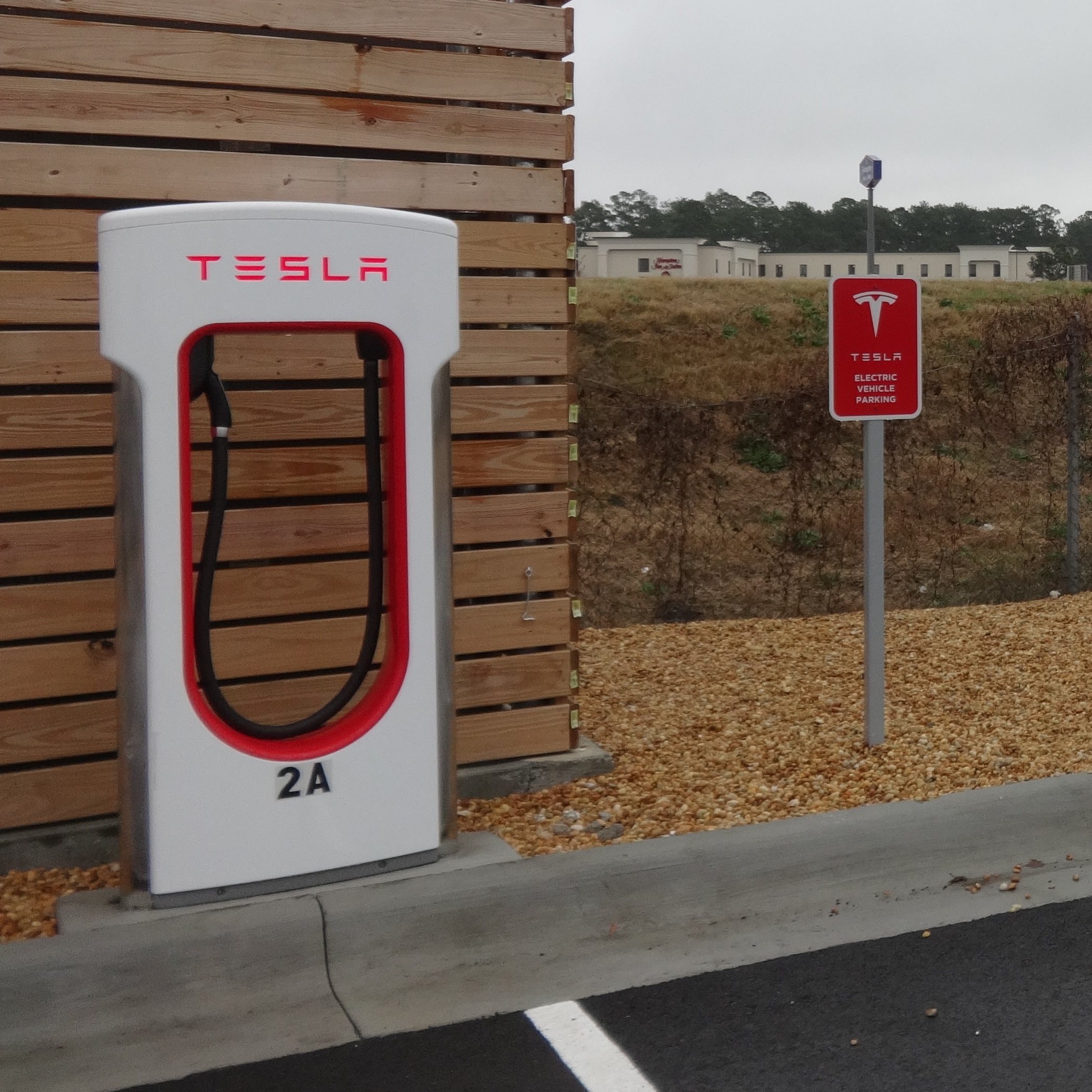

Tesla Inc. (NASDAQ: TSLA) reported first-quarter 2017 earnings after markets closed on Wednesday. For the quarter, the electric car maker posted an adjusted diluted loss per share loss of $1.33 on revenues of $2.7 billion. In the same period a year ago, the company reported adjusted a net loss of $1.46 on revenues of $1.15 billion. First-quarter results compare to consensus estimates calling for a per-share loss of $0.82 and $2.61 billion in revenues.
The results include the effect of Tesla’s acquisition of SolarCity effective beginning November 21 through December 31, 2016.
On a GAAP basis, the carmaker lost $2.04 per diluted share in the quarter, including stock-based compensation costs of $0.64 per share, and a $0.07 per share loss from the SolarCity acquisition.
The carmaker delivered 25,051 vehicles in the quarter, up 9.9% sequentially. The company leased about 26% of those deliveries and expects to re-acquire less than half the leased vehicles.
In its outlook statement, Tesla reiterated its 2017 production rate of 47,000 to 50,000 Model S and Model X vehicles combined in the first half of 2017, representing growth of 61% to 71% over the first half of last year. The company expects capex of “slightly over” $2 billion by the time production starts on the Model 3 in July..
One interesting comment in the company’s outlook is related to the “misperception about the differences between the Model S and the Model 3.” Tesla tries to clear that up:
We have seen a belief among some that Model 3 is the newest and more advanced generation of Model S. This is not correct. Model S will always have more range, more acceleration, more power, more passenger cargo room, more displays (two), and more customization choices, and Model S, X and 3 will all have equivalent Autopilot functionality.
Tesla expects to build 5,000 Model 3 sedans per week “sometime” this year and 10,000 per week “sometime” in 2018.
The reaction to this earnings report as lackluster as you’ll ever see from Tesla investors who usually bid the stock up no matter what. And even when they take it down, the reaction is stronger. And the reaction is probably due to a mix of decent news with some less-than-decent news, and a well-established reluctance among the company’s shareholders to give up on the Tesla.
Tesla’s shares traded down about 0.3% at $310.25 in Wednesday’s after-hours session after closing at $311.02. The stock’s 52-week range is $178.19 to $327.66. The 12-month price target for the shares was $262.82 before the report with the highest target set at $375.00.
Sponsored: Find a Qualified Financial Advisor
Finding a qualified financial advisor doesn’t have to be hard. SmartAsset’s free tool matches you with up to 3 fiduciary financial advisors in your area in 5 minutes. Each advisor has been vetted by SmartAsset and is held to a fiduciary standard to act in your best interests. If you’re ready to be matched with local advisors that can help you achieve your financial goals, get started now.
Thank you for reading! Have some feedback for us?
Contact the 24/7 Wall St. editorial team.



